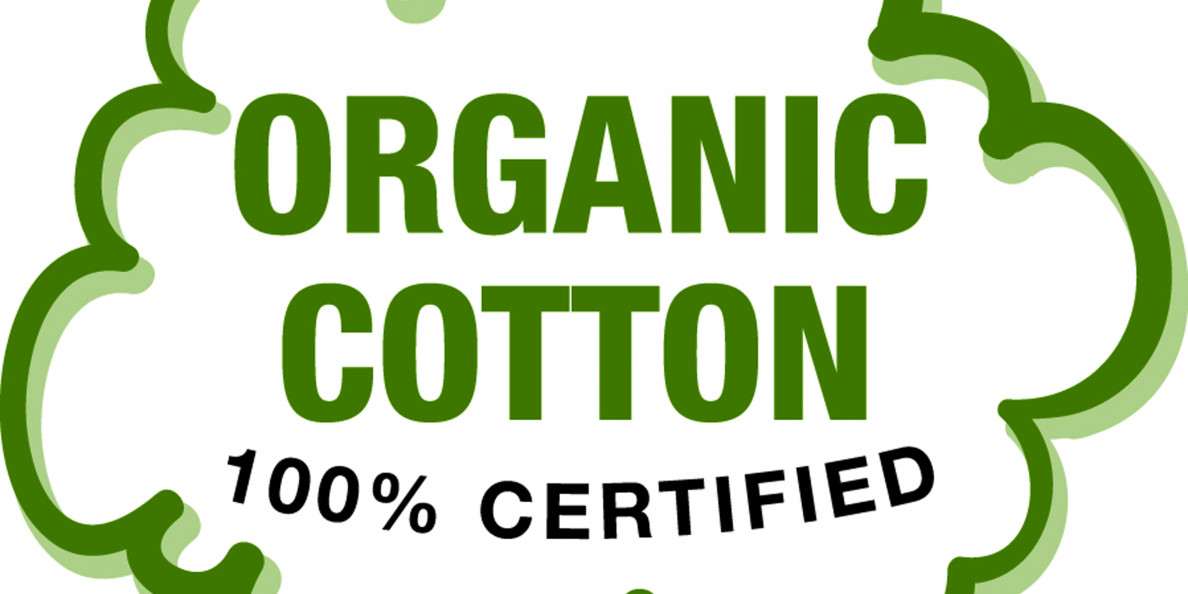BRETT MATHEWS
MADHYA PRADESH – New research has provided much-needed data comparing the social and environmental impacts of different types of cotton production. Among the findings from two 100 page-plus reports are that organic cotton production has 50 per cent less impact on climate change than conventional production.
C&A Foundation commissioned two reports from American Institutes for Research (AIR) and Thinkstep International to look at impacts from three cotton cultivation systems – organic, Better Cotton Initiative (BCI) and conventional – in the Indian state of Madhya Pradesh.
A socio-economic impact of all three cultivation systems in Madhya Pradesh was carried out by American Institutes for Research (AIR) while a Life Cycle Assessment (LCA) of all three systems in the same region was undertaken by Thinkstep International.
The LCA focused on the environmental impacts of cotton farming using data collected from 300 farmer households (100 from each cotton cultivation system) in Madhya Pradesh to assess: acidification, eutrophication, climate change, ozone depletion, photochemical ozone creation, primary energy demand, fresh/blue water consumption, ecotoxicity and human toxicity.
The findings of the reports indicate that while organic and BCI Cotton had a more positive environmental footprint than conventional cotton farming, on social and economic side the difference is not significant. For example, it is claimed in the findings that organic cotton production has 50 per cent less impact on climate change when compared to conventional farming, while Better Cotton does not have a significant difference from conventional cotton.
The acidification potential of organic cotton is 95 per cent less than for organic cotton when compared to conventional cotton, while it claimed to be about 1 per cent less for Better Cotton according to the study.
The eutrophication potential of organic cotton is 101 per cent less for organic cotton when compared to conventional cotton. Also, organic cotton cultivation consumes 60 less blue water (water obtained through ground, lakes and other freshwater resources) when compared to conventional cotton cultivation
India leads the world in cotton production. As of 2016-17 it produced about 38 per cent of the world’s cotton, according to reports by the US Department of Agriculture and the International Cotton Advisory Committee.
BCI (Better Cotton Initiative) and organic cotton farming are two alternative cultivation systems helping to address the sustainability issues related to cotton agriculture in India.
Full research studies below:
https://www.candafoundation.org/en/resources/4333socioeconomicstudyweb.pdf
https://www.candafoundation.org/en/resources/4334combinedreportweb.pdf
Πηγή: apparelinsider.com

